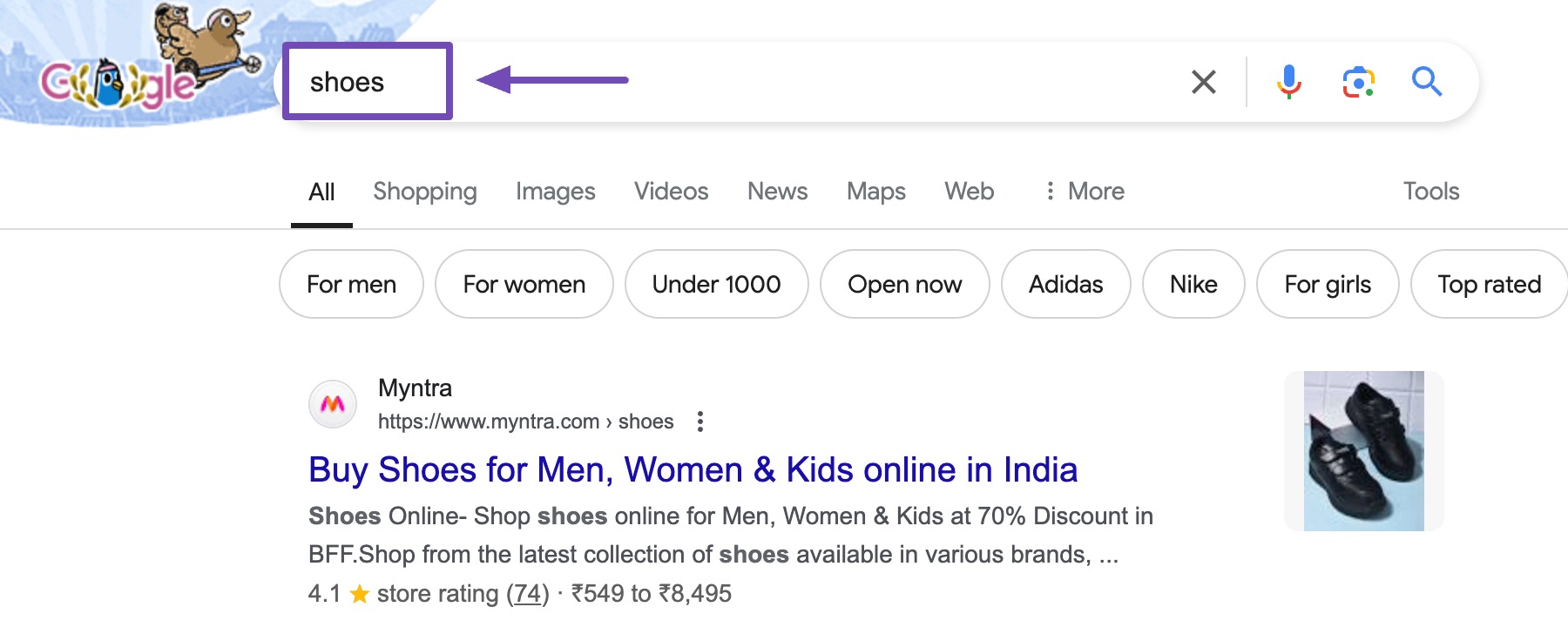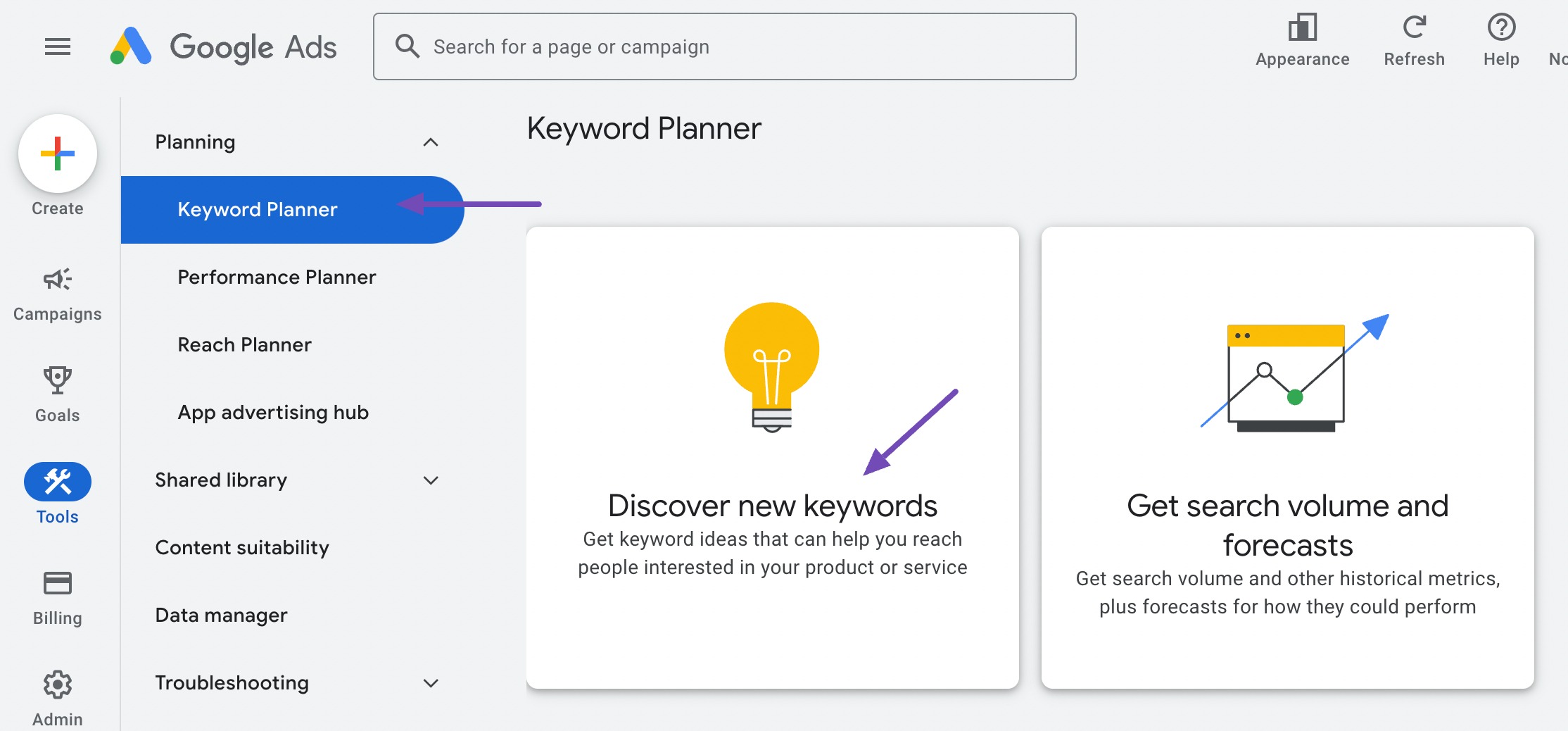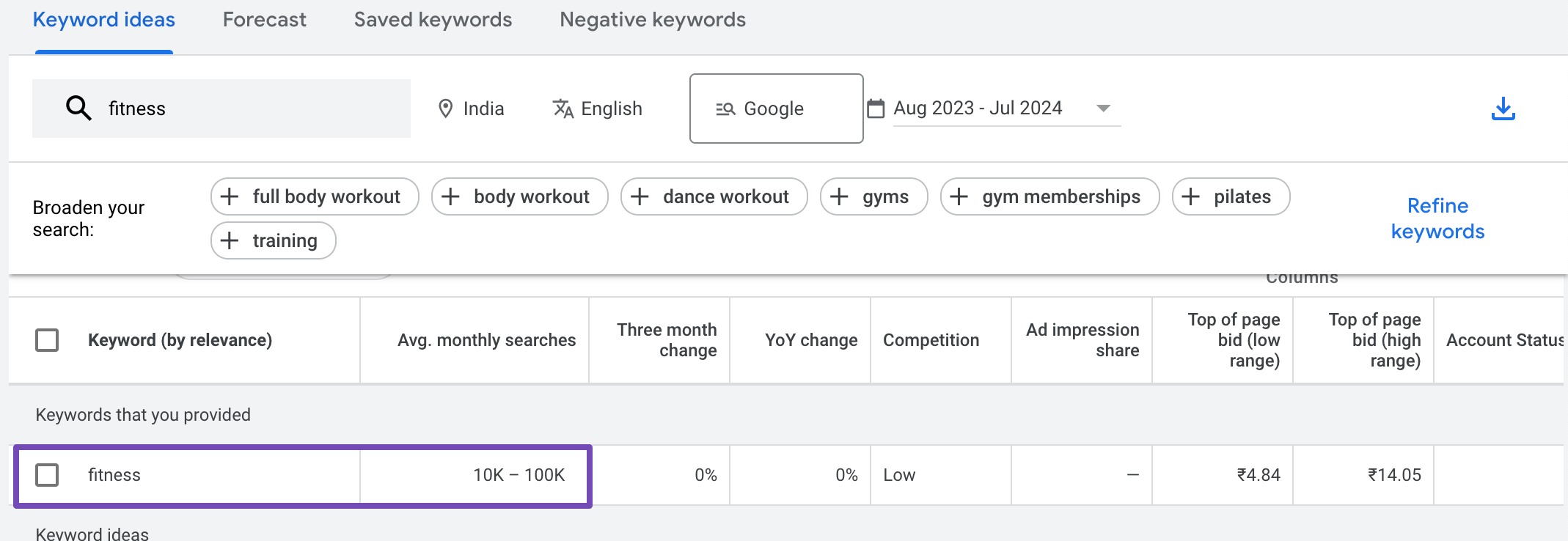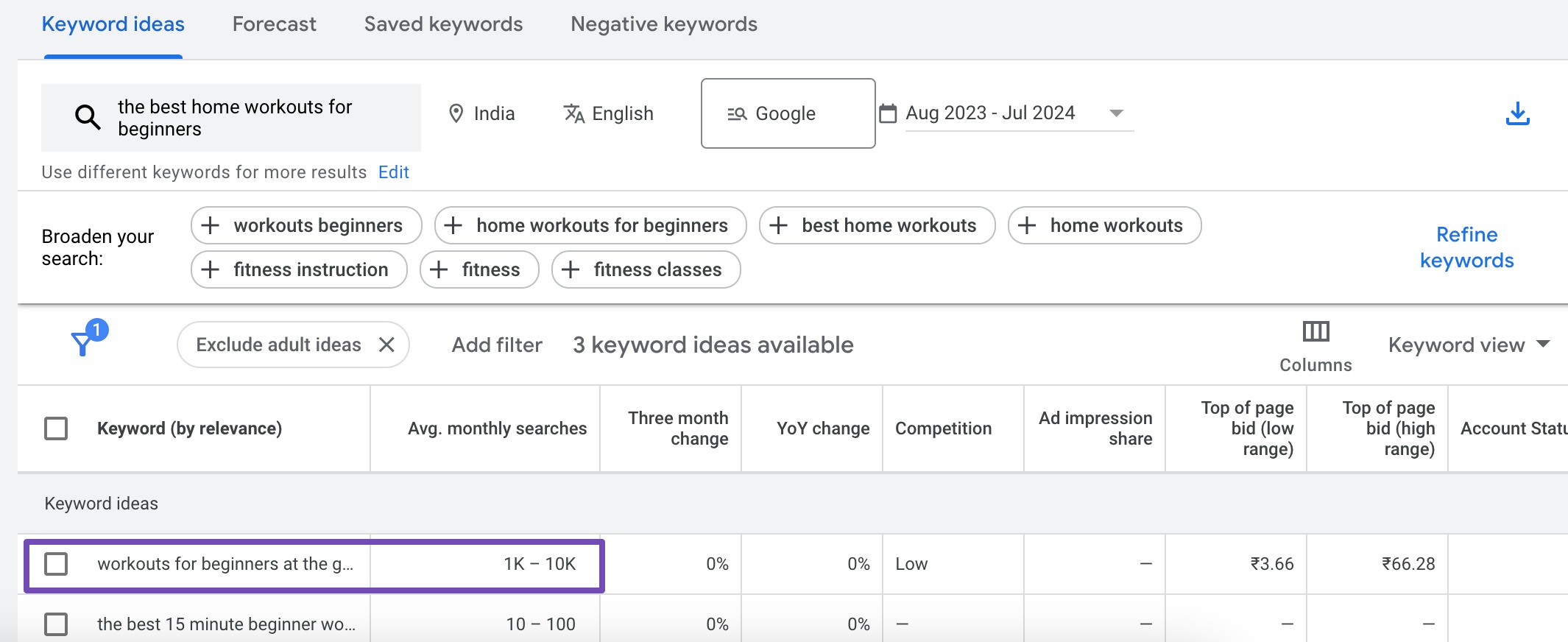Keywords are the backbone of any successful strategy.
One of the most challenging decisions you’ll face is choosing between long-tail vs. short-tail keywords.
However, not all keywords are created equal.
On one end, you have short-tail keywords—broad and highly competitive search terms that can bring in large amounts of traffic.
On the other, there are long-tail keywords—more specific, lower-volume phrases that tend to attract highly targeted audiences.
While both types play important roles in driving website visibility, finding the right balance between them can be the key to optimizing your SEO efforts.
In this post, we’ll explore the differences between long-tail vs. short-tail keywords and guide you on strategically using both to boost your rankings and connect with the right audience.
So, without any further ado, let’s get started.
1 Understanding Long-Tail vs. Short-Tail Keywords
Let us begin by discussing long-tail vs. short-tail keywords.
1.1 Long-Tail Keywords
Long-tail keywords are more specific and usually consist of three or more words, such as best running shoes for women.
Although these keywords have lower search volumes, they are highly targeted, making them more likely to attract audiences with a clear intent. This leads to higher conversion rates, as the searchers are often closer to making a purchase or taking action.
The competition for long-tail keywords is generally lower, making it easier to rank for them and more effective in capturing niche audiences.
By understanding the strengths and weaknesses of both long-tail and short-tail keywords, you can strategically balance them to maximize both visibility and conversions.
1.2 Short-Tail Keywords
Short-tail keywords are typically one to three words long and are broad, general search terms that attract high search volumes.
For instance, a keyword like shoes is considered a short-tail keyword.

While short-tail keywords can drive significant traffic, they often come with stiff competition, making it harder to rank for them. Additionally, audiences searching for these terms might have varying intents, making conversions less predictable.
2 How to Find Short-Tail and Long-Tail Keywords
You can find short-tail and long-tail keywords using Google Keyword Planner.
To get started, log into Google Keyword Planner through your Google Ads account.
Once you’re in, select the option to Discover new keywords. This feature allows you to input seed keywords, which are general terms related to your industry or topic.

For short-tail keywords, enter one or two broad terms that represent the core of your content or business offering.
For instance, if you’re in the fitness industry, you can start with terms like fitness or exercise.
Google Keyword Planner will then generate a list of related keywords, including search volume, competition level, and trends for each term. Focus on the suggestions that are one to three words long, as these are typically considered short-tail keywords.

You can also refine your search by adjusting location, language, and date range filters to match your target audience better.
Unlike short-tail keyword research, where you input broad terms, long-tail keyword research involves entering more specific phrases related to your niche.
For instance, instead of just fitness, you might enter the best home workouts for beginners or how to lose weight with yoga.
Once you input these specific phrases, Google Keyword Planner will generate a list of related keywords. These suggestions often include longer, more detailed search terms—perfect examples of long-tail keywords.

Pay attention to keywords that are three or more words long, as these usually reflect more specific intent.
While long-tail keywords generally have lower search volumes, they’re typically less competitive, making them easier to rank for and more likely to result in conversions.
Once you’ve identified potential keywords, add them to your content strategy, targeting them on high-level pages like your homepage, product pages, or pillar content to attract a broad audience.
Refer to our dedicated article on choosing the right keywords for your website.
3 Finding the Balance: How to Effectively Combine Long-Tail and Short-Tail Keywords
Successfully blending long-tail and short-tail keywords is essential for creating an SEO strategy that captures a wide range of search intents while driving meaningful traffic to your site.
3.1 Understanding User Intent
User intent is the cornerstone of any effective keyword strategy.
It involves understanding what your audiences are looking for when they enter a search query and aligning your content with those needs.

Short-tail keywords, like digital marketing, often indicate a broad search where the audience may be in the early stages of research.
In contrast, long-tail keywords, such as best digital marketing strategies for small businesses, reflect a more specific intent, where the audience is likely seeking actionable information or ready to make a decision.

To prioritize keywords based on user intent, consider the stage of the buyer’s journey your target audience is in.
For instance, if you’re targeting audience in the awareness stage, short-tail keywords can help attract a wide audience. However, if your goal is to convert visitors who are closer to making a purchase, long-tail keywords with specific intent will be more effective.
3.2 SEO Strategy Integration
Integrating both long-tail and short-tail keywords into your overall SEO strategy allows you to capture a diverse range of audience segments.
Short-tail keywords are ideal for boosting brand awareness and driving large volumes of traffic to high-level pages like your homepage or major category pages.
For instance, an e-commerce site can use the short-tail keyword running shoes on its homepage to attract a broad audience.

On the other hand, long-tail keywords should be added to your strategy to target niche audiences and drive conversions.
These keywords are particularly effective in blog posts, product descriptions, and specific service pages. For instance, a blog post titled Best Running Shoes for Marathon Training can target the long-tail keyword best running shoes for marathon training, appealing to the audience with a clear intent to purchase.
3.3 Content Distribution
Distributing keywords or keyphrases across different types of content is important for optimizing your website’s performance.

Short-tail keywords can be used in cornerstone content that represents the core of your website, such as homepage content, pillar pages, and major category pages. These keywords help establish your site’s authority in your industry and drive high volumes of traffic.
In contrast, long-tail keywords are best suited for more specific content, such as blog posts, FAQs, and detailed product pages.
This approach not only helps attract audiences with specific needs but also improves your chances of ranking for multiple related queries.
By appropriately distributing keywords across your content, you can ensure that your website ranks for both broad and specific search terms, capturing a wider range of search traffic.
3.4 Seasonal or Event-Based Usage
Adjusting your keyword strategy based on seasonality or specific events in your niche can further enhance your SEO effectiveness.
During peak seasons or around major events, short-tail keywords can be particularly useful for capturing a surge in general search interest.
For instance, an online retailer can focus on short-tail keywords like holiday gifts or festive offers during the shopping season to attract a broad audience.

Conversely, during off-peak times or when targeting niche events, long-tail keywords can be more effective.
For instance, before the back-to-school season, targeting a long-tail keyword like best laptops for college students can help capture a specific audience looking for personalized recommendations.
Similarly, a travel blog can focus on long-tail keywords like best winter hiking trails in Colorado to attract visitors interested in specific seasonal activities.
4 Conclusion
Finding the right balance between long-tail and short-tail keywords is essential for driving both visibility and conversions.
Short-tail keywords are powerful for attracting broad traffic and building brand awareness, while long-tail keywords excel at targeting specific audiences with clear intent, often leading to higher conversion rates.
Ultimately, the key to effective SEO lies in understanding the strengths of both long-tail and short-tail keywords, allowing you to maximize your reach while delivering targeted, high-quality content that aligns with your audience.
If you like this post, let us know by Tweeting @rankmathseo.


